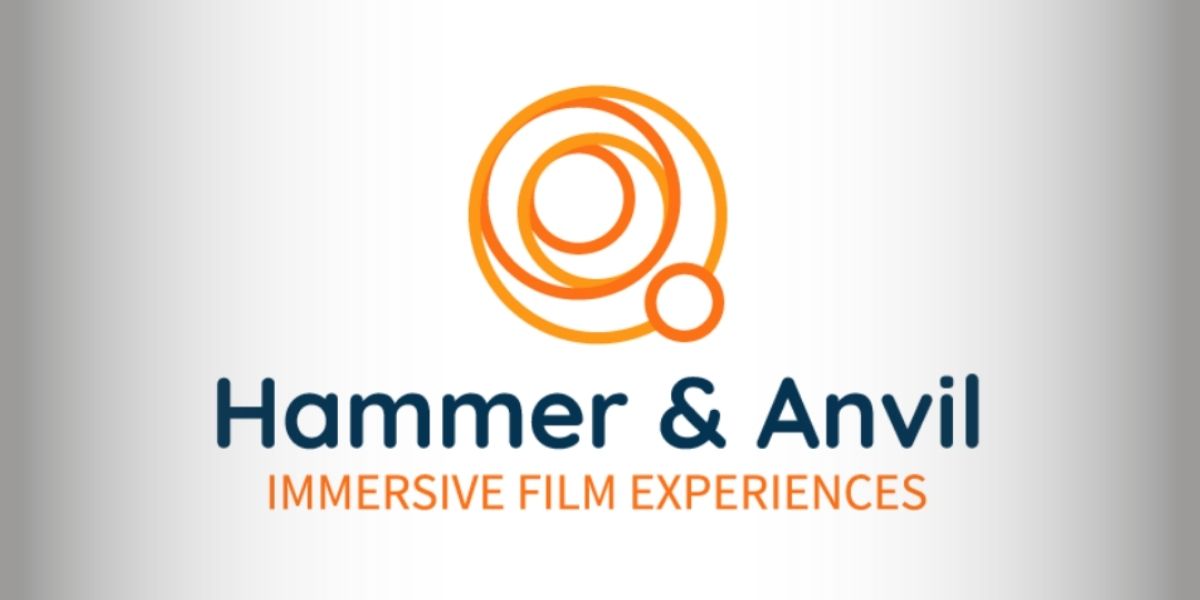Effective email communication is at the heart of personal and professional success. In a world where inboxes are filled with messages daily, developing this skill can make a difference. However, many tend to overlook the importance of crafting emails that genuinely connect.
Why Email Communication Matters
Emails remain a leading communication channel for businesses and individuals alike. Unlike a phone call, they provide a written record, making them ideal for sharing vital information and status updates. However, with email overload being a real challenge, it’s easy for your message to get lost.
Crafting a good subject line will make all the difference. Think of it as the gateway to your email content. A clear and engaging subject line grabs attention and helps your message gets opened. Without it, even the most important information risks being ignored.
Benefits of Communicating Effectively via Email
When done well, email communication saves time and keeps everyone on the same page. Whether it’s sharing critical information, requesting feedback, or distributing documents, emails help streamline work processes. They’re also invaluable for addressing challenges, offering a chance to carefully consider your words before sending.
Emails provide immediate feedback without the need for a meeting. This allows businesses to manage tasks efficiently. For informal email exchanges with friends or colleagues, they add a personal touch while maintaining a sense of professionalism.
Tips for Writing Effective Emails
1. Understand Your Audience
Every recipient has unique expectations. Whether you’re communicating with clients, colleagues, or customers, tailor your tone and email content accordingly. Formal emails for business communication should focus on clarity, while informal emails will be a bit more relaxed. Addressing the right audience with the right language helps better engagement.
2. Focus on the Subject Line
A good subject line is your email’s first impression. It should summarize the purpose of your message in a few words. Avoid vague phrases like “Important Update” and be specific instead. For example, “Meeting Agenda for Jan 15” works far better.
3. Keep It Short and Relevant
Long emails are often skimmed or ignored. Stick to the point and include only relevant details. If there’s additional data to share, use attachments rather than overcrowding the email content.
4. Structure Your Message Clearly
Use short paragraphs, bullet points, and headers. This makes it easier for the recipient to quickly grasp your message. For example, breaking down a status update into sections will help communicate effectively without overwhelming the audience.
5. Proofread Before Sending
Errors in spelling or grammar will make your email seem unprofessional. Review your email thoroughly to aim that it’s polished. Tools like spell check will help, but always read it manually too. It’s better to spend a few extra minutes than risk sending out mistakes.
6. Use Carbon Copy (CC) and Blind Carbon Copy (BCC) Wisely
These features help manage your communication effectively. Use CC to include individuals who need to stay informed but aren’t the primary audience. Reserve BCC for sending to multiple recipients without revealing their email addresses.
Common Mistakes to Avoid
- Overloading the Email: Including too much information may easily lead to confusion. Stick to the essential information and save lengthy details for attachments.
- Ignoring Attachments: If your email mentions an attachment, double-check it’s included. Forgetting attachments is a common oversight that may frustrate recipients.
- Unclear Call to Action: Always determine the purpose of your email and make it clear. Whether you’re requesting feedback, confirming a meeting, or sharing data, state it explicitly.
- Using Overly Casual Language: While informal emails have their place, business emails require professionalism. Avoid slang, overly casual expressions, or emojis unless they’re appropriate for the recipient.
- Forgetting to Follow Up: Sometimes, emails get buried in the inbox. If you don’t receive a response within a reasonable timeframe, a polite follow-up will help your message isn’t overlooked.
Managing Email Overload
With so many messages arriving daily, staying organized is key. Use folders, labels, or tags to prioritize important emails. Archive old conversations to declutter your inbox. Regularly reviewing your inbox and unsubscribing from irrelevant newsletters will also help manage email communication more efficiently.
Automation tools may assist with sorting, while templates for frequent email correspondence save time. For example, crafting a reusable template for meeting requests or status updates aims for consistency and reduces effort.
The Power of Effective Email Communication
Emails are more than just words on a screen; they’re a bridge between sender and audience. Done right, they build trust, foster collaboration, and save valuable time. By focusing on clarity, structure, and relevance, you can transform your emails into powerful tools for connection.
Effective email communication remains a cornerstone of success, both personally and professionally. Start applying these tips today, and see how better-crafted email messages will enhance your communication and build stronger relationships.
Frequently Asked Questions
How can I achieve effective communication through email?
Focus on clarity, a good subject line, and concise content to email effectively and convey your message clearly.
What’s the great way to distribute information using email?
Use email to share relevant attachments, status updates, or critical details with the right recipients efficiently.
How do I manage multiple emails while maintaining effective communication?
Organize your inbox, prioritize important emails, and use templates to save time and maintain clear communication.
Published by Tom W.









